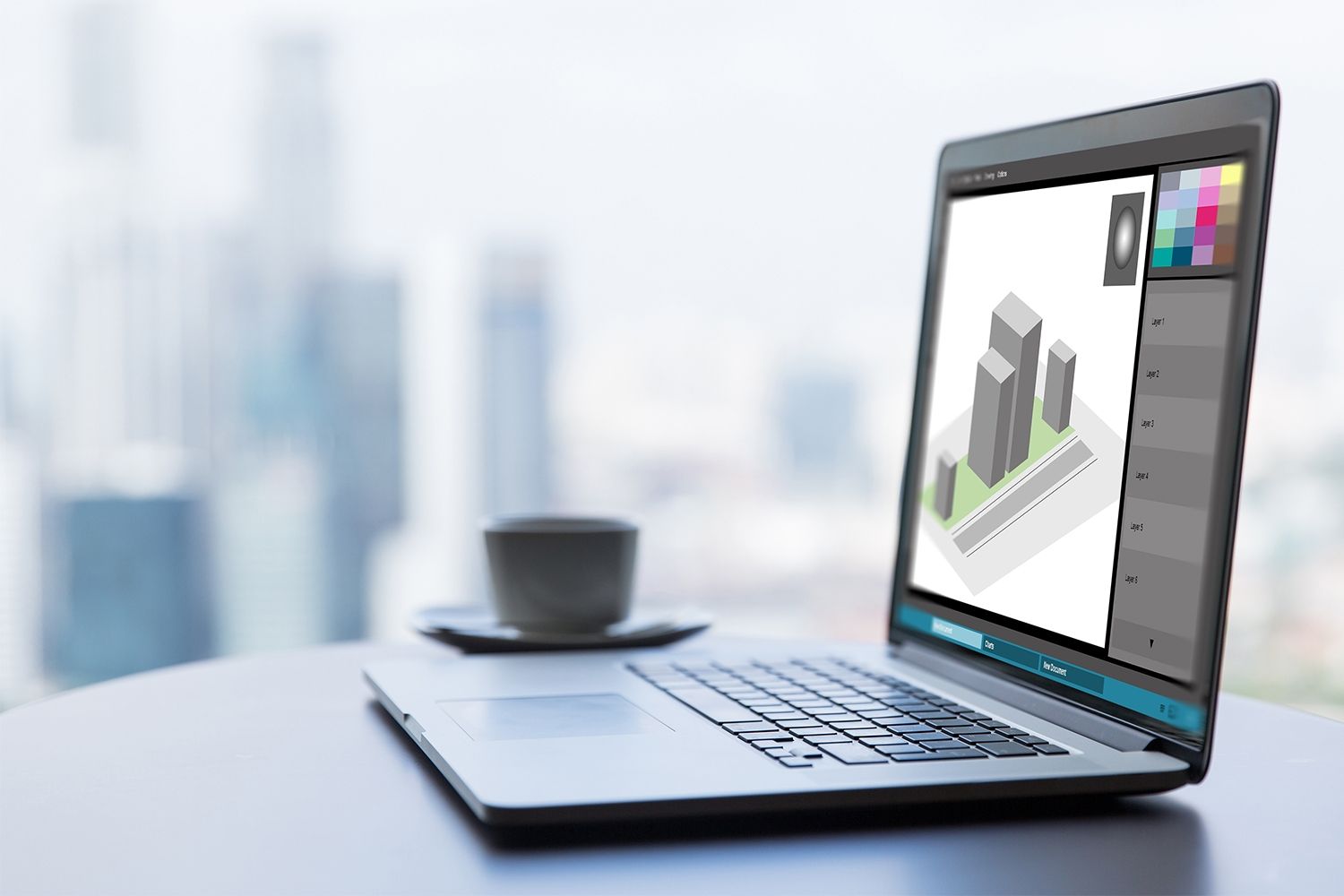
Buying a computer might be easy for someone who just needs it for personal use, study, and light gaming.But when we talk about specs Best 3D Design Equipment Before purchasing a computer for this purpose, several things must be considered. Graphic design computers must be very fast and powerful to run the new 3D design programs such as Photoshop, Blender, and Illustrator.
The question we want to ask is: What is the right computer for 3D graphic design? To choose the best computer for 3D design, you must consider the type of software that will run on the computer. Except for your own budget. If you’re doing complex 3D work, you’re going to need a computer with very powerful specs. If your work mainly depends on making two-dimensional images, you can choose a low-end computer.
Laptop Specifications for 3D Graphic Design
The most important computer specifications to be aware of in 3D graphics design are the operating system, CPU, memory (RAM), storage drives, monitor type and size, and color resolution.
Besides the speed of your computer, there are other things you must consider before purchasing a computer for 3D graphic design, such as choosing between a Mac or a regular computer, RAM, drives, monitor, and color accuracy. You need to find the right balance in how you use your computer. So let’s get to those exact specs.
Should I choose a MAC or a regular PC?
The first question is whether you want to use a Mac or a PC for regular 3D graphic design. Most 3D graphic design programs are also made for iOS® ®Microsoft Windows. Of course, you’ll want to make sure your files are compatible with the software and operating systems used to make your designs by whatever company you’re buying their hardware and software from.
MAC has many advantages. First, their screens tend to be color accurate and display high quality.
MAC computers are characterized by their ability to run large programs. This may vary if you plan to use your computer for work or personal work.
As with other normal computers, you can change or upgrade any device individually. This is a flaw found in Mac devices because you cannot easily change or upgrade their hardware, that’s the difference.
Requirements for running 3D design software
CPU
The CPU, or processor, controls a computer’s functions. For 2D graphic design, you need a fast and powerful processor to run complex design programs. The top brands change quickly, but you usually want a quad-core processor or a proprietary series suitable for 3D graphic design.
In addition to the CPU, it is important to look at the graphics capabilities of the computer. Computers can have a graphics chip integrated into the processor, or they can use a separate graphics card. Previously, integrated graphics chips were very basic, limited to displaying spreadsheets and web pages. However, in recent years, integrated graphics chips have made great progress. Unless you do a lot of 3D design, the built-in chip is usually good enough to run most 3D graphic design programs. Going with an integrated graphics chip instead of a dedicated graphics card will save you some money. If you have the budget or tend to handle complex applications, you will need to purchase additional discrete external graphics cards.
Memory
Random access memory (RAM) holds the data your computer needs to access as you move between programs that are open on your computer at the same time, such as all the information in the file you are currently working on. If you typically have multiple programs open, or if you work with very large files, you’ll need more RAM to provide smooth switching between programs and scrolling through complex files. Try to get as much memory as possible for your computer. If it doesn’t have enough RAM for your needs, you can easily buy and add new memory.

storage drive
Storage drives can be traditional hard disk drives (HDD) or solid state drives (SSD). Although hard drives tend to be cheaper and have higher capacities, they can become a problem with laptops. Solid state drives are lighter, faster, and more durable than hard drives, and are best suited for running complex and bulky 3D design programs. Most computers are now sold with a solid-state drive, but if the computer doesn’t come with a hard drive but has a hard drive, it can be upgraded to a solid-state drive.

Screen size and type
Since graphic design requires a clear view, you want to buy the best monitor you can afford. In general, a 13-inch screen is too small for 3D graphic design work. Your screen size must be at least 15 inches. 17″ is better for work, but can be cumbersome to hold. These screens have a higher pixel density, allowing you to see more detail. The minimum valid design end screen is 1920 x 1080 pixels.
color accuracy
Color accuracy and a wide color palette are also very important parts of the monitor. In general, you want to make sure the screen you’re viewing has at least 100% Adobe® RGB. If color isn’t your priority, you can use a 100% sRGB monitor. Color accuracy is usually measured by Delta-E, which indicates how far your monitor is from full resolution, so the lower the number, the better. Try to get a screen with a Delta-E score less than 5. Of course, Delta-E cannot be considered alone, it must be compared with the palette. A monitor with a smaller color palette will get a better (lower) Delta-E because it has fewer colors to get it right.
in conclusion
In short, we can say that the computer specifications suitable for running 3D design programs must include an SSD hard disk with an area of no less than 256 GB, a memory of at least 16 GB, a processor of the seventh generation i7, a graphics card of no less than about 8G, and a screen of at least 16 inches.
